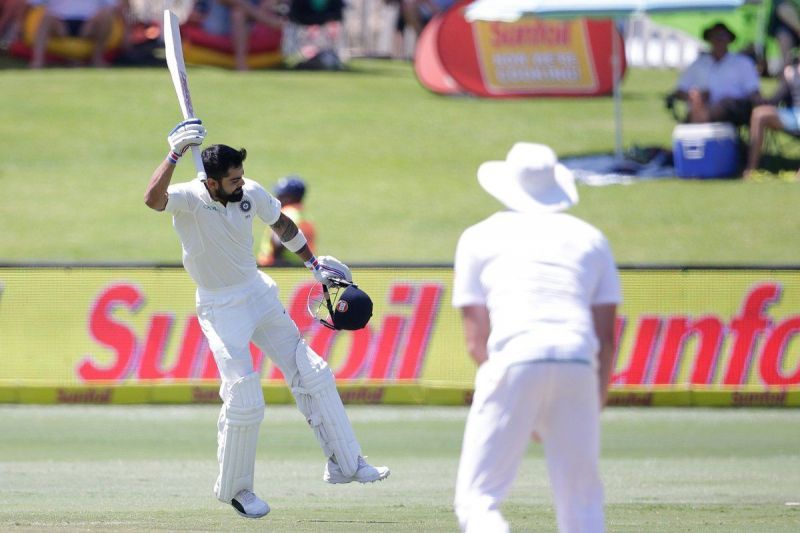
A familiar tale away from familiarity

It felt like reading a story from an anthology — one that has been read so many times that when you open the book, it flips exactly to the page where the story begins. Bowling South Africa out for 130 in the first Test at Cape Town was more a side note. The target for India, 208, was in the spotlight, for it was going to be a tricky one, and for understandable reasons.
History is littered with examples of India committing ceremonious suicide when chasing targets as seemingly innocuous as the aforesaid one. India collapsed for 135, thereby registering yet another defeat away from home. Captains change; the team changes, but it appears the results don’t when India travel beyond the sub-continental shores.
The hope that engulfs supporters of Indian cricket is renewed before every away tour — perhaps owing to strings of wins at home, or maybe because most players look eager, and appear ready, to take on any responsibility thrust on their shoulders and duly deliver what’s expected during those victories. The more experienced were hopeful this time around as well. "I think we have a great chance this time looking at the depth of the current side," Indian stalwart Rahul Dravid said.
The conviction with which Dravid said that was shared by many. Although most former cricketers talk up their side’s chances before any series, the sentiment that this Indian line-up has what it takes to beat South Africa in South Africa was shared by experts and laymen alike.
And how could one not have that belief looking at India’s record leading up to the South Africa series? Since the loss to the same opponents in 2015, India won 15 series, of which six were Test, five ODI and four Twenty20. However, the caveat is that all of them were played at home. Nonetheless, the approach of these players stood apart. Since Mahendra Singh Dhoni took over as captain, the Indian players are known to exhibit a knowing dominance on the field, an attribute that has spilled over into Virat Kohli’s India too. The helplessness then that these same players show away from home is confounding.
There is no questioning the players’ skill. What must be questioned is the preparation leading up to a tour as touted as the one against South Africa. Although Sri Lanka are a good side, they’re not in the same league as Australia or England. Or South Africa. And playing them at home a few weeks prior to the South African tour was always going to be ineffectual.
It’s been written that the musical chairs within the BCCI’s top brass — plus the need to compensate Sri Lanka monetarily — is what led to the arrangement of the series. If that indeed is the case, then it is an inclination towards the point that earning accolades away from home is not topping the head honchos’ priority list.
What Virat Kohli’s men needed was more time to acclimatize to South African conditions. The concept of having warm-up games before the first Test is almost dysfunctional now. However, keeping in mind India’s poor overseas record, it would have been a good move to send the Indian team over a little early rather than have them play an inconsequential series against Sri Lanka at home. Although it helped India cement its top spot in the Test arena, it provided little answers to subtler questions — for example: Is India really the top team in the Test arena, or are they the best when it comes to playing in home conditions alone?
As it unfailingly happens, India falter right at the start of an away series. Recuperation from that point forward is always an arduous task. Nigh impossible. Although from the scorecard of the first Test it looks like the Indians gave the South Africans a run for their money, the match was lost on the first morning when the rusty Indian bowlers conceded 286 — a score that was considered at least 30 to 50 runs over what was supposed to be a good total on that pitch.
The team selection hasn’t helped on this tour either. Why Bhuvneshwar Kumar, India’s best performer in the first Test, was dropped for the second Test at Centurion is behind comprehension. The exclusion of Ajinkya Rahane — and the inclusion of Rohit Sharma — is equally inexplicable.
As India stares down the barrel of defeat in the second Test, it is worth pondering if there needs to be some sort of an investment into a committee that oversees preparations for the sole purpose of away tours. There is little doubt that India has developed a system that enables fine players to come through its turnstiles. However, the fact that these same players turn out to be insipid in unfamiliar environments begs a deeper look at scheduling and preparation. You can only fault the players so much if the system needs tweaking.